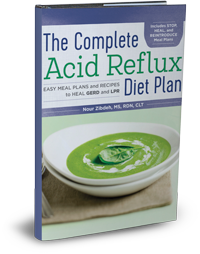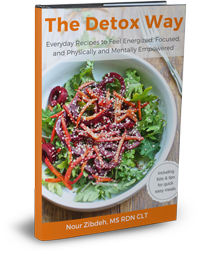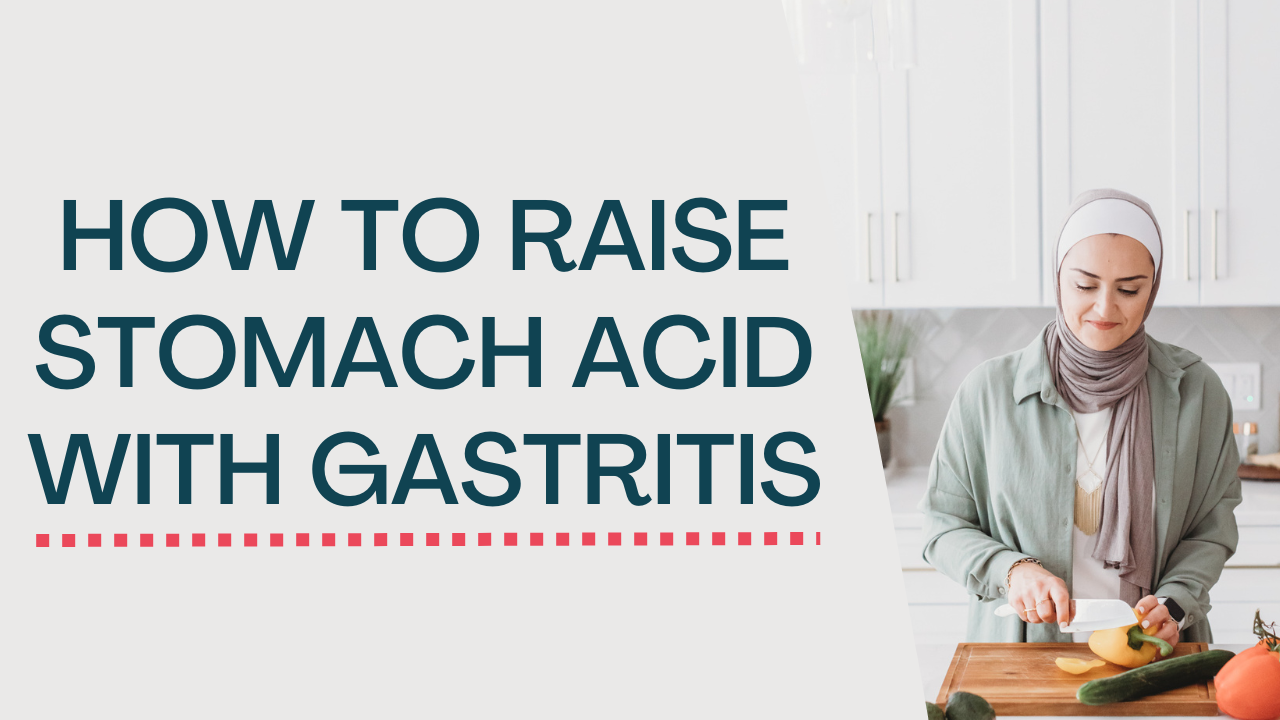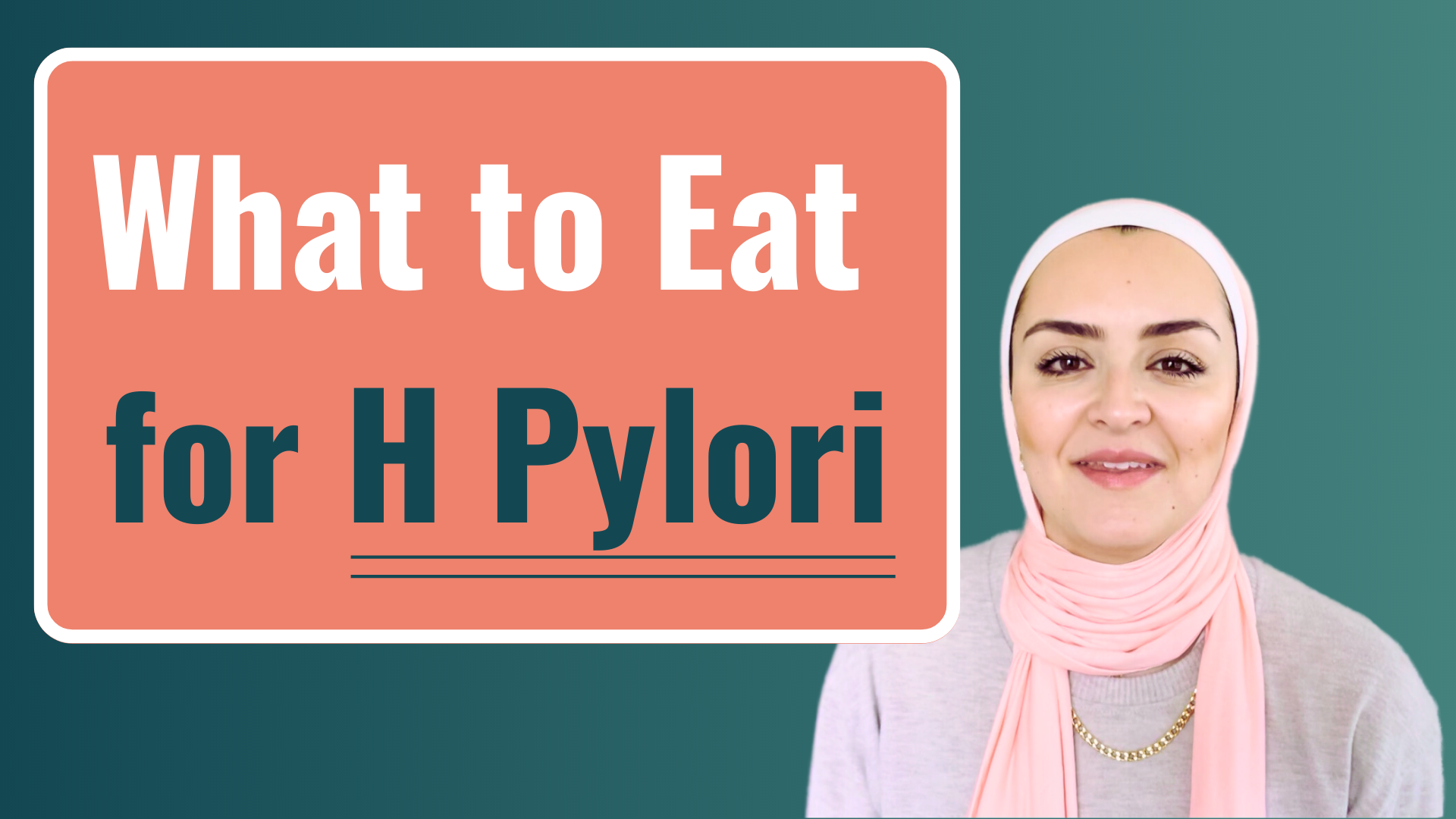The American Heart Association recommends that you don’t consumer more than the following amounts of added sugars daily:
- Women: 100 calories, or 26 g added sugars, or 6.5 tsp of added sugar
- Men: 150 calories, or 38 g added sugars, or 9.5 tsp of added sugar
The catch with this recommendation–which many online articles fail to discuss–is that it’s for sedentary people (I’ll spare you the detail of how they came up with these numbers but write me a comment if you want it). Active individuals are able to include more sugars in their diet. Those who meet all their nutritional needs (protein, healthy carbs and oils, vitamins, minerals, fiber) from foods in their most natural unprocessed forms usually have more ‘sugar’ calories to spare. And that’s why it’s invaluable to work with a dietitian to know the eating pattern that’s right for you.
I highlighted the word ‘added‘ because many articles are lumping natural with added sugars. The problem with the way food labels are, it’s not possible to know if the sugar grams lists come from added sugars or occur naturally in food.
Sugars naturally occur in fruits, milk, and yogurt. As I wrote in my last blog post, don’t avoid fruits on the basis that they have sugar. Milk and yogurt contain lactose, a natural sugar that gives dairy foods their subtle sweetness. As a rule of thumb, if the product doesn’t have fruit or milk, all the sugars listed are added. It also helps to read the ingredient list.
I explained in my first post on sugar that we all should watch our intake of sugar and reduce it. I don’t think sugar is toxic, but too much of it is. While you read the 10 tips below, keep in mind that one ingredient doesn’t make your whole diet healthy or unhealthy, and you can certainly eat a sugary food or dessert every now and then. It’s not about one food item or ingredient, It’s about everything you eat, habitually.
10 Ways to lower Your Sugar Intake
- Add less sugar, honey, and syrups to your meals, snacks, and drinks. One tsp of white or brown sugar has 4 g sugar, 1 tsp powdered sugar has 2 g sugar, one packet white sugar has 3 g sugar, 1 tsp pure maple syrup has 4.5 g sugar, and 1 tsp honey has 5 g sugar. Reduce the amount gradually to allow your taste buds to get used to less sugar.
- Instead of flavored Greek yogurt, go for plain Greek yogurt and add fruit yourself. For example, Activia Strawberry Greek Yogurt has 29 g sugar and 0 g fiber. Plain Greek yogurt (17 grams sugar) with 1/2 sliced fresh strawberries (4 g natural sugar, 1.5 g fiber) is a better options. Activia strawberry yogurt has 12 g of added sugars (29 minus 17) and lists sugar and fructose as ingredients. Use this method anytime you choose yogurt or milk so you know if the sugar grams on the label are lactose or added.
- Be wary of breakfast cereals. I challenge you to find one that is not sweetened! Fruit Loops’ first ingredient in sugar. That dumps 12 g of sugar in those little tummies. Even Kashi Go Lean Crunch has 13 g of sugar per 1-cup serving (at least this one has protein and fiber, which would be a better option). Looking for the best cereal can be challenging; is it the one with the least sugar or sodium? Most protein or fiber? If we’re just looking at sugar, Fiber One Original and Multi-Grain Cheerios are good options. I like Quaker Oatmeal Squares (original or cinnamon). It has 9 g sugar per serving, but it’s filling with 5 g fiber and 6 g protein.
- Instead of flavored oatmeal packages, use plain oatmeal and add your spices and fruit. For example, the original Quaker Instant Oatmeal has 0 g sugar, where are the Maple and Brown Sugar variety has 9 g. To sweeten your oats, use ripe fruits like bananas or pears. If you must, 1 tsp of pure maple syrup will add 4.5 g sugar, and half a tsp is probably enough.
- Skip commercial salad dressings and make your own. A raspberry vinaigrette can have 7 g sugar per serving. Even the not sweet ones have sugar. Wishbone House Italian and Kraft Zesty Italian have 2 g of sugar per serving. I know 2 grams don’t sound like too much, but I’d rather use sugar wisely. Instead, make your own; easy and less processed ingredients overall. Olive oil, lemon, vinegar (be creative), and just enough salt/pepper.
- Go plain with coffee drinks. Avoiding Starbucks Grande White Chocolate Mocha (36 g) or Java Chip Frappucino (66 g) is obvious, but even something like Grande Vanilla Latte has 16 g of sugar. Your options: order plain latte and sprinkle powdered vanilla and just enough sugar to sweeten your drink. That will save you money too! If you can’t, at least order a small size.
- Watch the sugar in those bars. Kashi TLC Honey Almond Flax Chewy Granola bar (6 g sugar) is a better option than Kashi GoLean Chocoalate Malted Crisp (18 g sugar).
- No soda please, at least not every day and not more than once a day. A 12-oz can of coke has 39 g of sugar. It blows the whole budget away.
- According to Welch’s website, Fruit Snacks are “100%DV Vitamin C, 25% DV vitamin A & E, Fat-free and gluten free, and no preservatives.” Don’t let me get started on misleading marketing! The small pouch has 11 g sugar, 0 g fiber, and sugar and corn syrup as ingredients. Do you feed those to your kids? You might want to reconsider.
- A 16.9 oz Gatorade (G series-Perform) has 30 grams of sugar in the whole bottle. This drink is designed to replace fluid and sodium losses after working out in hot and humid conditions. However, many people–including kids–drink such beverages on regular basis without having exercised. Instead of sugary drinks, choose water or sparking water. You can add lemon, orange, or cucumber slices, or add a little bit of fruit juice to your water bottle–just enough to flavor it.






2 thoughts on “10 Ways to Lower your Sugar Intake”
I’m so glad to have found your blog. We’re trying to navigate the world of nutrition and cancer. I like your well-reasoned explanations, as well as your religious bias (I’m LDS). Thank you.
Thanks Anita for your comment and I wish you and your loved ones good health far away from cancer. Sugar is the worst ingredient when it comes to cancer. I’d recommend lots and lots of vegetables of all colors.
Comments are closed.